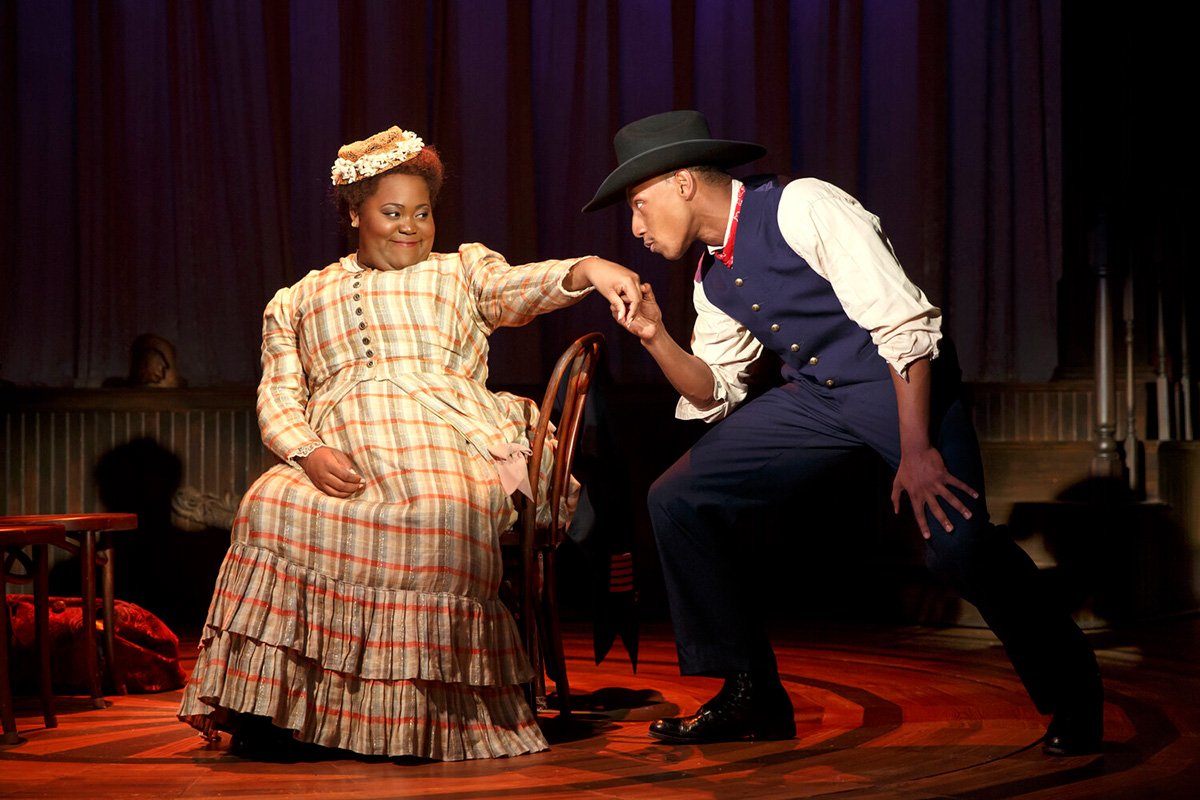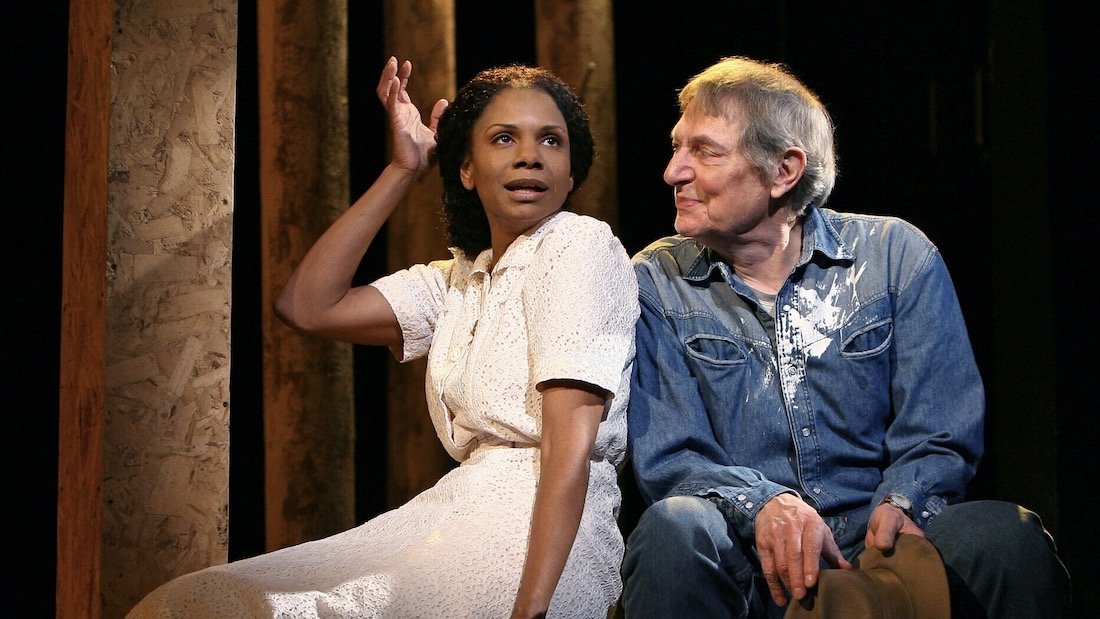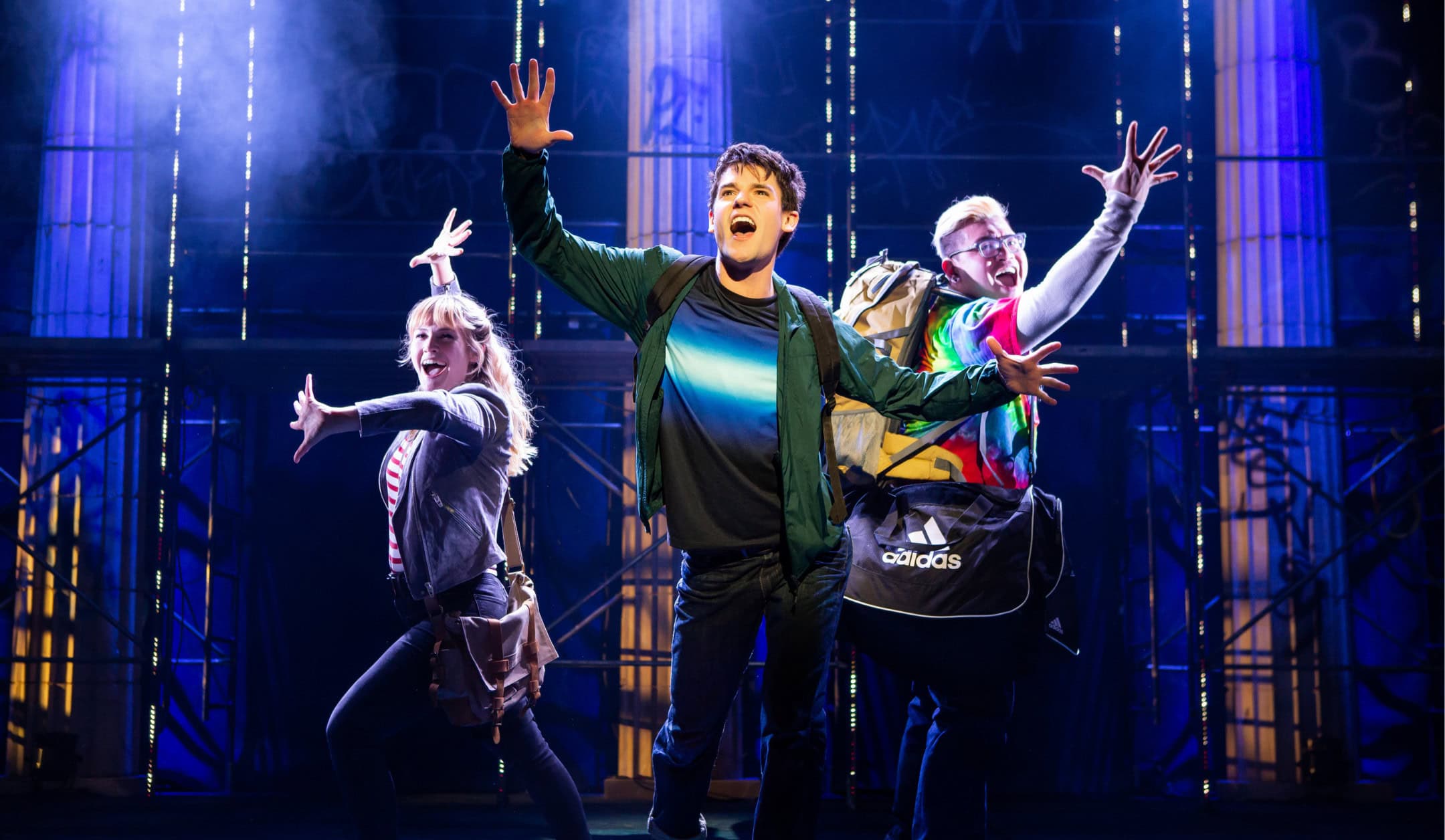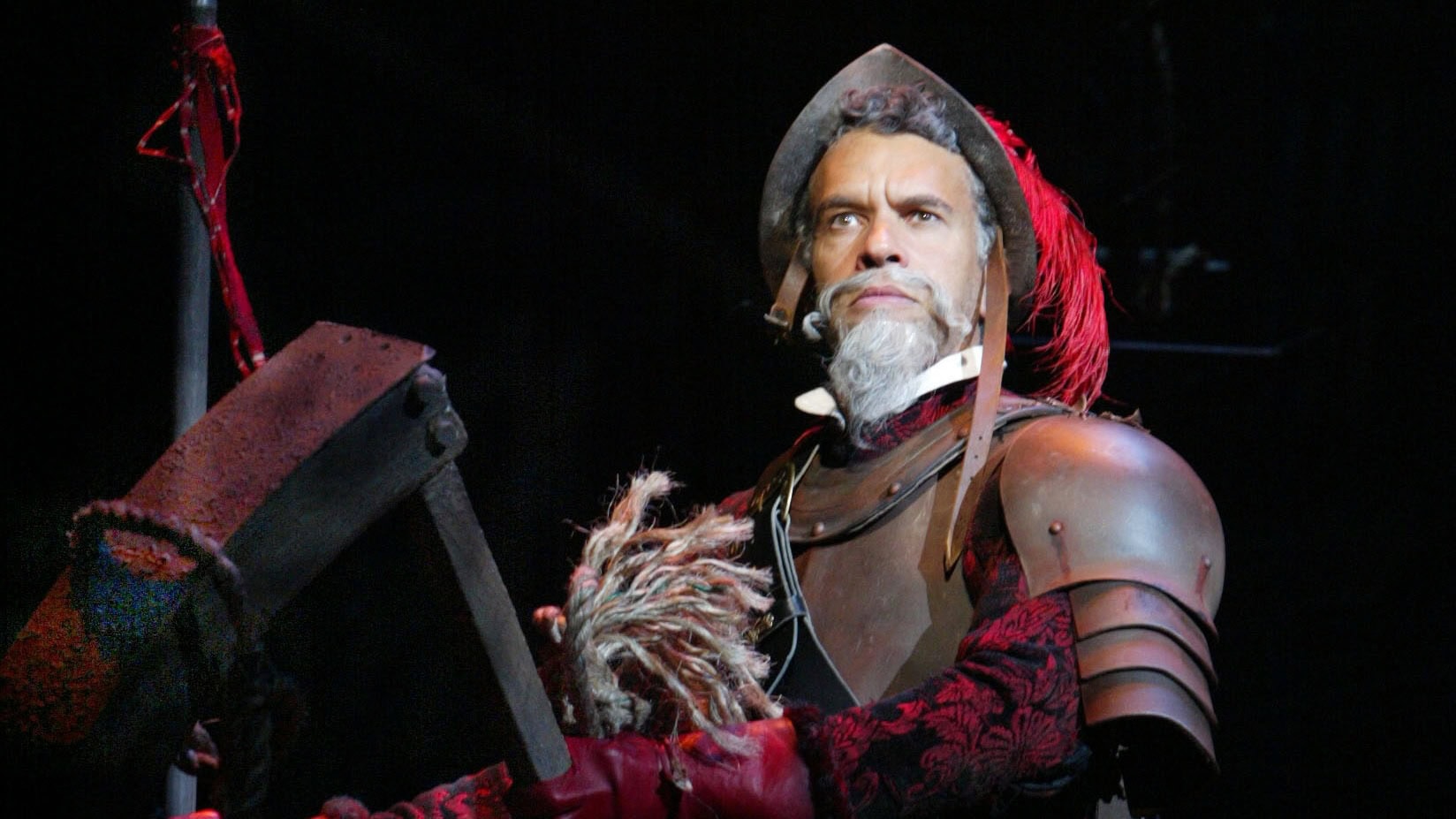
In response to the erasure of stories about African Americans in the U.S. West in the 19th and early 20th century, African American women artists — Kirsten Childs, Pearl Cleage, Linda Parris-Bailey of Knoxville, Tennessee’ The Carpetbag Theater Inc., and most recently Angelica Cheri — have written fictional and biographical works that elucidate this experience from a Black woman’s perspective. In fact, the title of this essay comes from a western-themed song, “Best in the West,” recorded and performed by artist Chaka Khan.
The musical comedy, Bella: An American Tall Tale by Kirsten Childs, who wrote the book, lyrics and score, is an example of the project to redress the lack of narratives of minority people on the American stage during this historical era. Childs is an award-winning, multi-hyphenated artist whose other musicals include the semi-autobiographical The Bubbly Black Girl Sheds Her Chameleon Skin, Miracle Brothers, and Fly,”which was co-authored by Rajiv Joseph and Bill Sherman.
In Bella: An American Tall Tale — which is set in 1877 and coincides with the waning years of a Reconstruction-era America — a voluptuous young African-American woman, Isabella “Bella” Patterson with an overactive imagination sets off on a fantastical journey across the country by train. Bella’s goal is to reunite with her love interest who is a Buffalo soldier (African American soldiers charged with fighting Native Americans in the U.S. west who were being driven from their land by white settlers). She is also on the run from a wealthy white Southern plantation owner whom she embarrassed while defending herself from an attempt by the plantation owner to sexually assault her.
Besides driving the plot with a love story, Childs uses this opportunity to weave in a multicultural ensemble of characters, including a romantic Latinx cowboy (as Childs stated, “one in four cowboys were people of color”). Also rounding out the cast is an appearance by a rancher Tommie Haw (a true historical figure), Exodusters (African Americans who migrated from the south to Kansas), circus performers, a young Black train porter who is smitten by Bella, two generations of women in Bella’s family, and an ancestral figure called “The Spirit of The Booty!” On her way out west, Bella has a detour and becomes an entertainer who makes a splash in Europe (a la Josephine Baker) and this forces her to reassess her stardom and her relationship with her Buffalo soldier, Aloysius, as well as the unexpected romance that has developed between her and the train porter, Nathaniel.
Childs shared in an essay that in writing Bella she wanted to “create a new myth celebrating the power and beauty of the black female body, with all the joy, fun and silliness and sorrow, heartbreak and triumph of the black women’s experience in America.” Childs continued, “I placed my big-bootied heroine in the nineteenth-century American West and ran into a problem. Black people didn’t exist from the Civil War to the Civil Rights era. I mean, of course they existed… But they didn’t exist in history books I grew up reading in school.”
When Bella was produced by Playwrights Horizons in 2017, as part of the dramaturgical material that was prepared to immerse theatergoers into the world of this musical, a poster was hung in the theater’s lobby that celebrated “the oft-overlooked stories of people of color in the history of the American West.” Many of these names, such as Estavanico, Mary Fields (known as “Stagecoach Mary”), Red Cloud, Cathay Williams, and Bass Reaves, have been excluded from the school curriculum. Fortunately, lifelong learners, theatre makers and others interested in obtaining information and knowledge about the contribution of people of color have made to the American West can seek out books by historians including Barbara Krauthamer, Ivan Van Sertima, William Loren Katz, and Howard Zinn.
The longevity of plays like the ones written on the topic of Black women in the Wild West by Pearl Cleage and others, and success of musical Bella: An American Tall Tale, demonstrates that there is indeed an audience who crave these infrequently told stories and more works about this from the vantage point of indigenous Americans (Native Americans), African Americans, Latinx, and Asians must be commissioned, developed and produced. These stories are vital in helping us celebrate the diversity, richness, triumphs and adversity that are all part of the American experience.
…
To purchase your copy of Bella: An American Tall Tale, click here. For performance rights, click here.
(photo: Joan Marcus)

Plays that Inspired Musicals

QUIZ: Which Character from The Lightning Thief Are You?

